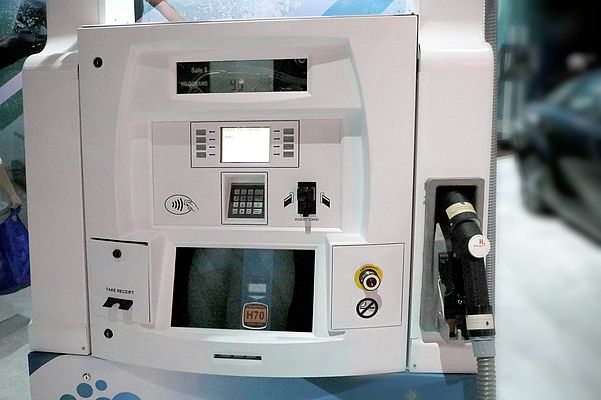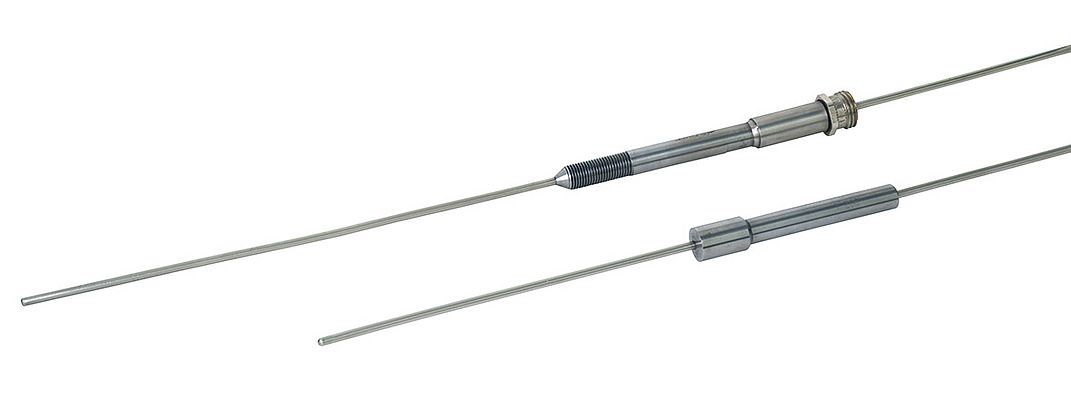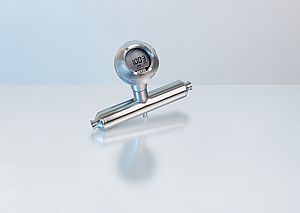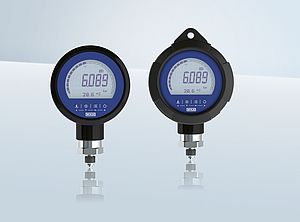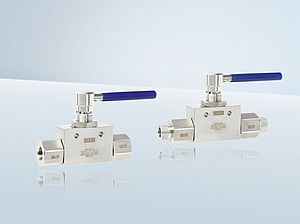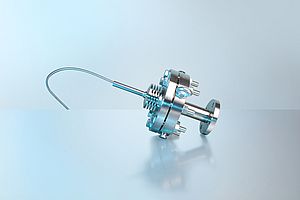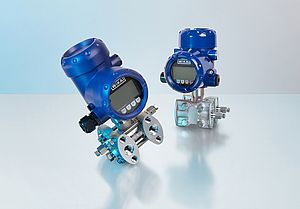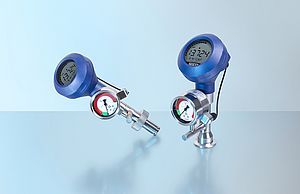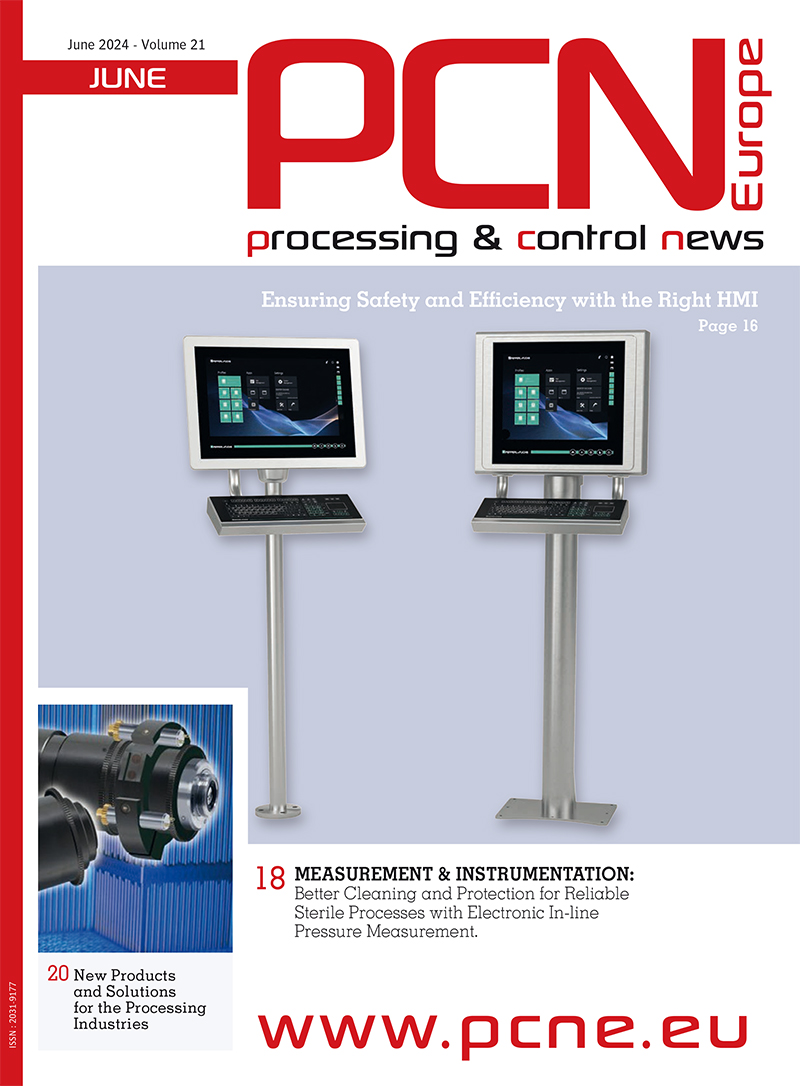The goals are ambitious: The network of "Hydrogen Refuelling Stations" (HRS) worldwide is expected to increase tenfold over the next ten years. In parallel, it will be vital to step up the production of “green” hydrogen, in other words the production of H2 by electrolysis using renewable energies. This is considered to be the only truly climate-neutral method. The atmosphere-friendly “fuel” is delivered to the refuelling stations in so-called tube trailers, which consist of semi-trailers with a cluster of steel tube tanks. Type IV carbon fibre tanks are increasingly used here. They are designed for a more than twice as high tank pressure, enabling a higher payload.
In the light of the projected development, there is a great need for measuring solutions used to monitor and control the refuelling process, especially in the field of sensor systems. However, the changing landscape of standards makes it difficult for manufacturers to get a clear picture of which guidelines should be defined for their H2 products. Durable specifications for hydrogen refuelling stations can be found, for example, in the ISO 19880 series of standards.
HIGH DEMANDS ON SAFETY
Irrespective of the specific requirements of refuelling stations, the physical and chemical properties of hydrogen alone place substantial demands on the measurement technology, which cannot be met using standard equipment.
Hydrogen is highly flammable, which is why the equipment usually has to meet explosion protection requirements in stationary applications. Due to its small particle size, H2 penetrates materials and forms an explosive mixture in the air in concentrations as low as four percent. Welded connections or ones with metal seals are therefore generally considered when it comes to adapting the instrument processes.
The extremely small H2 molecules also penetrate metal structures, where they can lead to material embrittlement and become a safety risk. Austenitic steels such as 316L are preferred for this reason for measuring instruments in H2 applications.
Furthermore, hydrogen can impair the desired long-term stability of a sensor's measurement signal. If it adheres to the resistor and / or penetrates into sensitive structures of the electronic measuring instrument, this can ultimately result in signal offset and hence measurement errors. One possible countermeasure is to use separating layers to prevent hydrogen penetration. Gold is only one suitable material for this kind of solution.
PRESSURES UP TO 900 BAR
Beyond these generally applicable requirements for H2 applications, there are also specific challenges to be addressed in connection with hydrogen refuelling stations. Owing to the design of both these stations and the refuelling process itself, the measurement and control technology must be rated for pressures of up to 900 bar and temperatures from -40°C to +85°C.
The hydrogen is currently delivered in the tube trailers at a pressure of 200 bar and then further compressed to 900 bar in highpressure tanks by means of compressors. This happens in several stages. The compression corresponds to the 700 bar pressure in the tank of a passenger car. The pressure and flow rate required in each case are controlled by communication between the sensor systems of the fuel pump, referred to as the dispenser, and the vehicle tank.
Customers are keen for the refuelling process to be completed in the shortest possible time. Pressure and temperature play an important role here: the larger the pressure difference between the refuelling station and the vehicle, the faster the hydrogen will flow. It goes without saying that the specified vehicle tank pressure must not be exceeded.
VEHICLES ARE SETTING THE LIMIT
The temperature profile over the refuelling line means the time factor is relevant too: hydrogen heats up when it expands. The gas is accordingly cooled down beforehand to -40°C by means of a heat exchanger, so that a temperature below 85°C can subsequently be maintained. This is necessary because the vehicle tanks are only specified up to this value. The closer the temperature gets to 85°C, the more the refuelling process must be slowed down and regulated by cooling.
In view of the potentially critical situation, the refuelling line of an H2 station ships with complex instrumentation – including sensors for pressure, temperature and flow as well as shut-off and vent valves. Coriolis flow meters are particularly suitable for monitoring the flow rate due to the high pressures involved.
The temperature and pressure measuring points are crucial for operational safety. The thermometers must work with short response times and be pressure-tight: the need for a rapid response means it is not a good idea to use a thermowell. The probe tip must thus be capable of withstanding pressures of up to 875 bar unprotected. At the same time, it must have a compact design in order to restrict the influence on the media flow to a minimum. A conical threaded connection, for instance, gives the thermometer the requisite strength and keeps the measuring point reliably sealed.
The pressure sensors installed in the tank system usually have a nominal pressure of 1000 bar or 1050 bar. This value is based on the nominal tank pressure in the vehicle – 700 bar in the case of passenger cars – plus a temperature-related safety factor. The sensors must also operate to specification in the typical HRS temperature range from -40°C to +85°C. Last but not least, the task at hand necessitates devices with explosion protection – or even SIL certification at certain measuring points in the system.
Summary: Expanding the infrastructure for hydrogen mobility is just as promising a market for the manufacturers of measurement technology as the H2 propulsion systems. The focus is the safety of the refuelling process, which requires complex instrumentation for trouble-free operation.
Text: Christian Wirl, WIKA Alexander Wiegand SE & Co. KG


